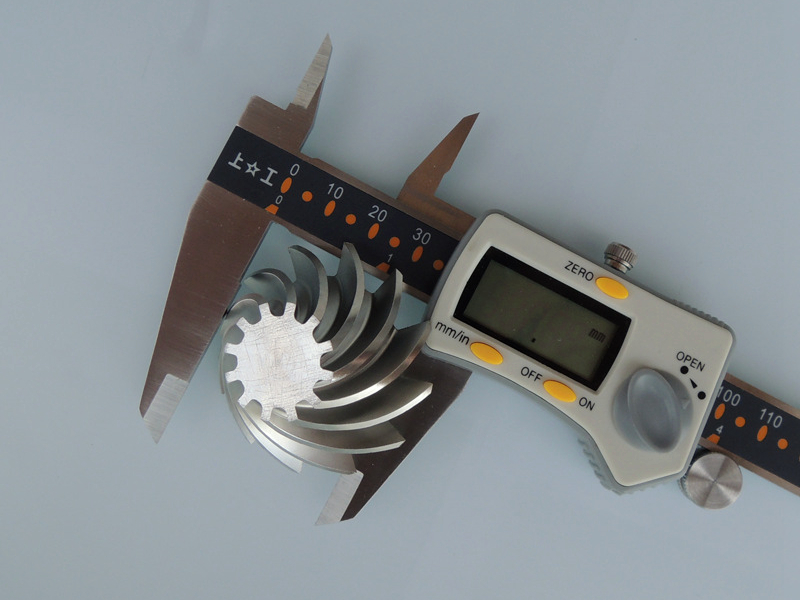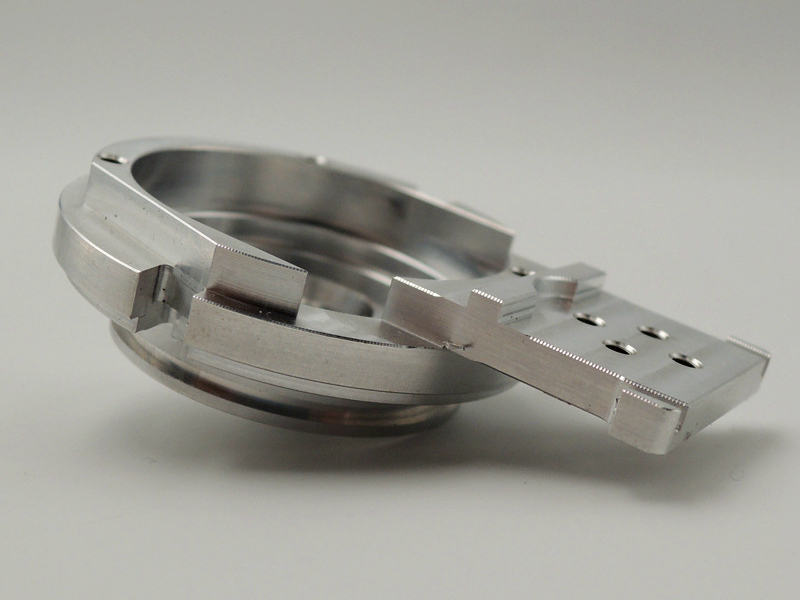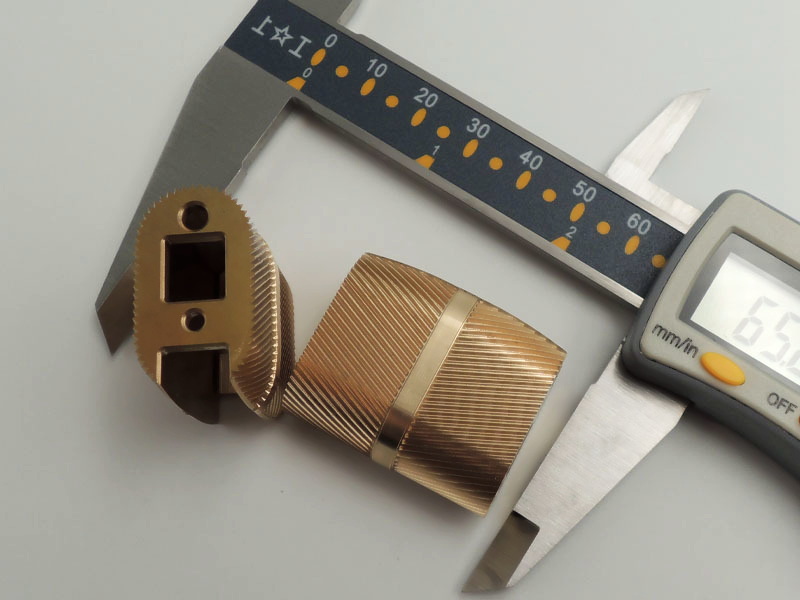Can powder coating be applied over anodized aluminum?
Can Powder Coating Be Applied Over Anodized Aluminum?
Technical Feasibility of Coating Anodized Aluminum
Yes, powder coating can be applied over anodized aluminum, but only under specific surface preparation conditions. While anodizing creates a hard, corrosion-resistant oxide layer, it also forms a relatively non-porous and chemically stable surface that may hinder powder adhesion if left untreated. To ensure proper bonding, the anodized surface must be either mechanically roughened (e.g., light sandblasting) or chemically etched before powder coating is applied.
This is particularly important in applications where both corrosion resistance and color stability are critical, such as in architectural panels, automotive trim, or consumer electronics housings.
Industrial Best Practices and Surface Compatibility
In production settings, pre-anodized parts that require powder coating must undergo degreasing, deionized rinsing, and surface activation using a chromate or zirconium-based conversion coating. This process ensures reliable adhesion between the anodized layer and the powder coating layer, even under UV exposure and temperature cycling.
At Neway, we provide both aluminum CNC machining and post-processing solutions including anodizing and powder coating. Our surface finishing process is tailored to maintain ±0.01 mm tolerance, color consistency, and long-term durability, meeting both visual and functional specifications.



